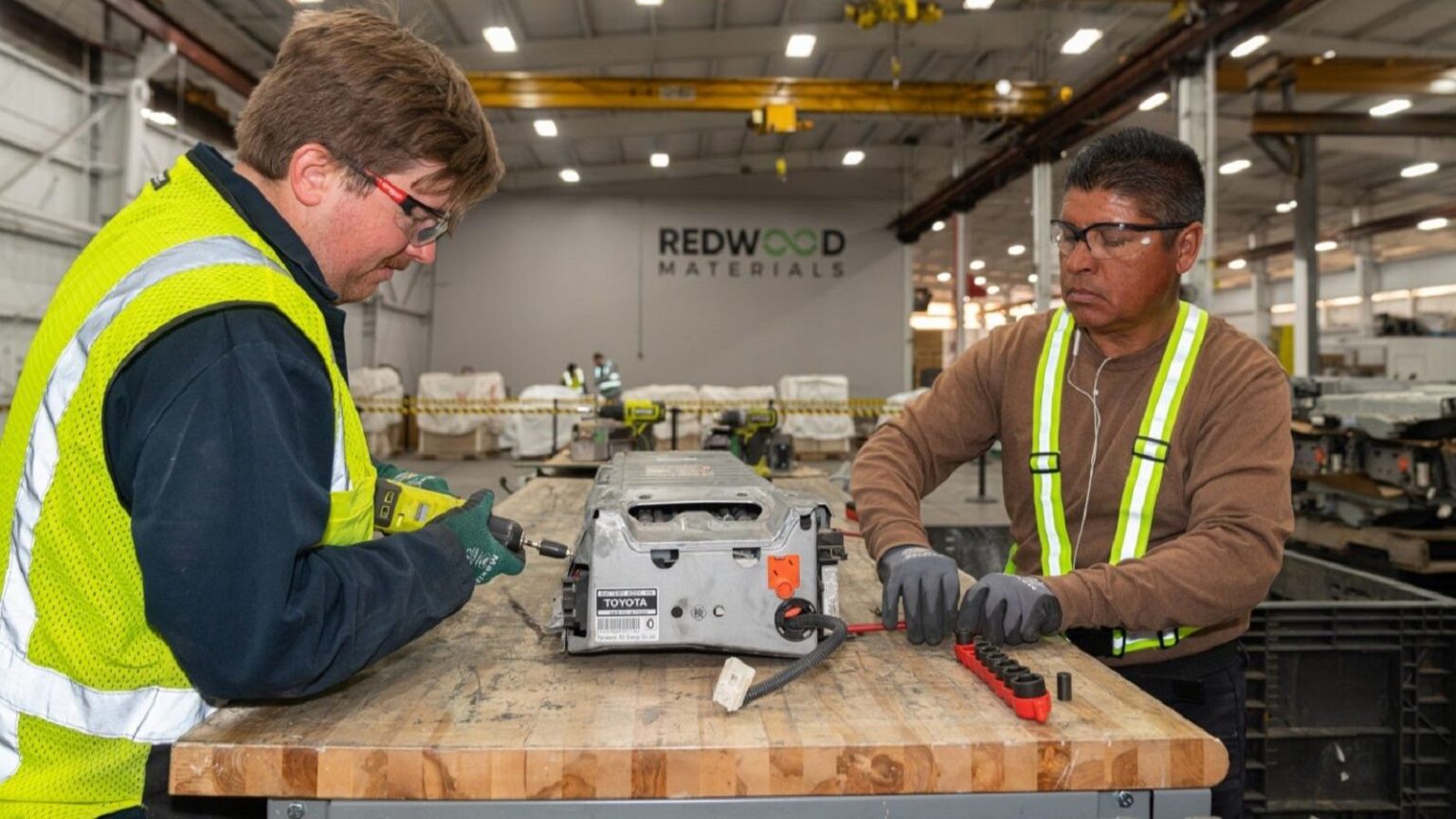It’s the best electrical energy storage technology we have today, but lithium-ion batteries still have a range of problems. They’re heavy, expensive, can be a fire hazard, and these complex systems get noticeably weaker over time. Addressing that last issue, though, researchers at Tohoku University in Japan have figured out how to observe battery degradation in real-time, something that could allow engineers to develop advanced new chemistries that decay at significantly slower rates.
The Secret Is Medical-Grade Imaging Technology
To achieve this, scientists tapped into the power of magnetic resonance imaging, or MRI for short. This is the same sort of scan that a doctor might use to take a peek inside your abdomen or chest, but in this application, it’s been used to peer deep inside battery cells. Who would have thought you could look inside your Tesla’s battery while it’s being used? As the name suggests, MRI systems use magnetic fields and radio waves to generate images. Sometimes, contrast agents like gadolinium are also employed to highlight specific areas of the body.
According to a report from Tohoku University, lithium-ion batteries degrade over time because of “the dissolution of the metal ion in the cathode into the electrolyte in the battery,” something that has been nearly impossible to study. To help develop improved batteries, researchers need to address a few things, namely how much dissolution is happening as well as where and when this occurs. Up until now, they haven’t necessarily been able to answer these questions.
Just like contrast agents, the manganese used inside lithium-ion battery cathodes is paramagnetic, “So, if dissolution is occurring it would show up as an increase in signal intensity in the MRI images,” the same report noted, and that’s exactly what researchers saw. “Using the MRI gave them the ability to directly observe the dissolution as it occurred in real-time.”
This Can Lead To Much Better Battery Designs
Nithya Hellar from the Institute of Multidisciplinary Research for Advanced Materials (IMRAM) at Tohoku University said, “the results of the present study show that the dissolution of a very small amount of manganese (Mn) can be detected with high sensitivity by MRI, and visualized in real-time, which can greatly accelerate the speed of research.” If scientists and engineers can develop new electrolytes that avoid dissolution, they could greatly reduce the degradation of lithium-ion batteries.
The ability to directly see degradation in real-time means researchers could quickly evaluate different electrolytes or other battery chemistries to find ones that deliver the power density needed while limiting undesirable degradation. As Junichi Kawamura, an emeritus professor at Tohoku University said in the report, “This identification method may help design lithium battery materials and improve their performance.”
Lithium-ion batteries are the best electric energy storage technology we have today, they efficiently and effectively power everything from medical devices to laptop computers to, yes, even electric vehicles. But as impressive as these batteries are, there’s still a huge amount of room for improvement, and maybe the work being done at Tohoku University can help accelerate advancements in this increasingly important field.
Read the full article here


